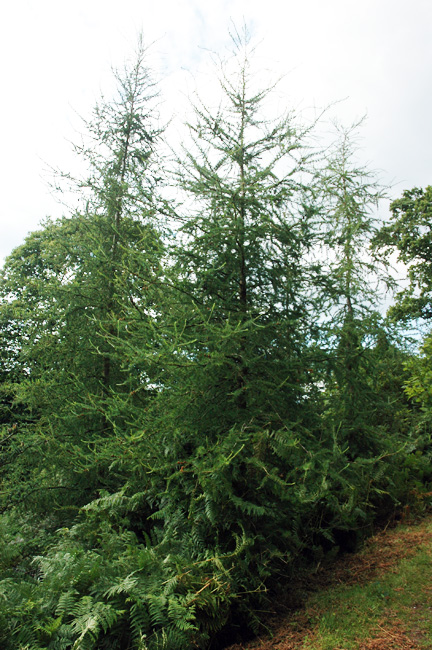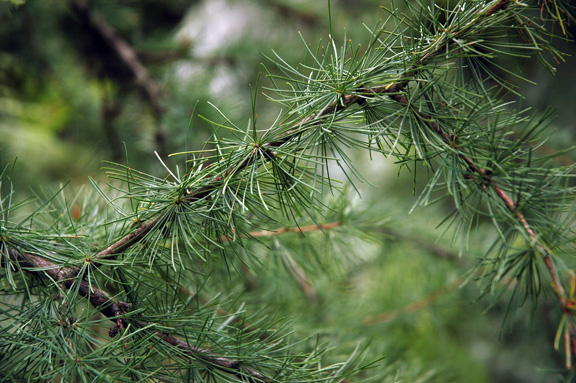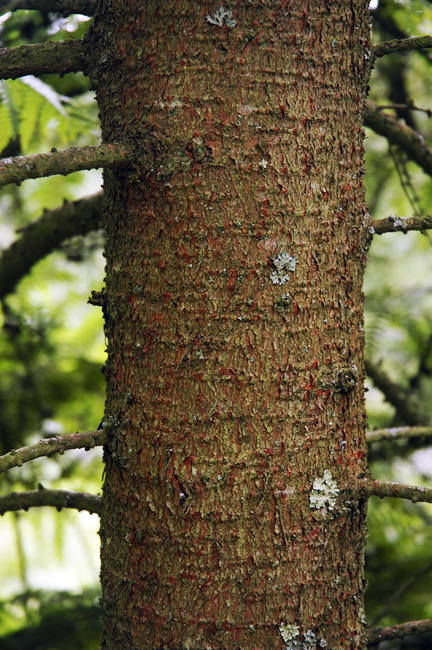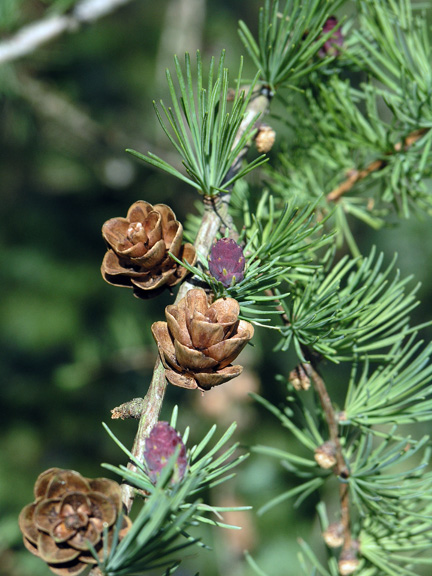| General Description | A medium sized tree with attractive bluish green coloured needles, which turn a deep rich yellow in autumn before falling off. The small cones are deep red when formed, but become brown over time. It is traditionally found around bogs and muskegs. |
| ID Characteristic | A fast growing conical deciduous conifer, 3-4 cm long blue-green needles which form on previous seasons wood on short woody spurs. Cones are 5-10 mm long, and red when first formed. It is the only native Larch in North America. |
| Shape | Crown forms an openly conical shape, which becomes irregular with age, branches mostly horizontal. |
| Propagation | Seeds germinate well with little preparation, although a dormancy period of about 60 days seems to be needed with temperatures dropping below 0°C. |
| Cultivation | Tamarack needs full sun, and is not tolerant of shade. Likes moist, well-drained, light soil but can grow in cold, wet, poorly drained areas such as bogs. |
| Pests | Larch case-bearer, Larch sawfly, wood rot and rust fungi. |
| Notable Specimens | The Gardens of Fanshawe College, London, Ontario. Sifton Bog, London, Ontario. |
| Habitat | The Arctic Circle to the north-eastern USA and southern Canada. |
| Bark/Stem Description | Thin, smooth and grey when the tree is young, turning reddish brown and scaly as the tree ages. Bark is reddish purple when freshly exposed as bark scales shed. |
| Flower/Leaf Bud Description | The terminal bud is a dark red to brown in colour, 5 mm long, smooth and appearing resinous on dwarf shoots and surrounded by a ring of hairs. |
| Leaf Description | Can be slightly variable; triangular or 4-sided 2-5 cm long needles. They are bluish green in colour and with 15-60 needles per tuft, turning deep yellow in autumn. |
| Flower Description | Male flowers are subglobose and sessile, about 1.2 cm long and wide. The female flowers are oblong with light coloured bracts with almost orbicular deep red scales. The flower can reach 3 cm long and 1.5 cm wide. |
| Fruit Description | Young cones are 5-10 cm long, red to purple in colour, and occasionally have a leafy shoot developing at the tip. Mature cones are egg-shaped and light brown. Seed production starts around 10 years old, peaking at 75, abundantly every 3-6 years. |
| Colour Description | Bluish green needles which turn a deep yellow-gold colour in autumn. |
| Texture Description | Medium to fine with foliage, course in winter. |



